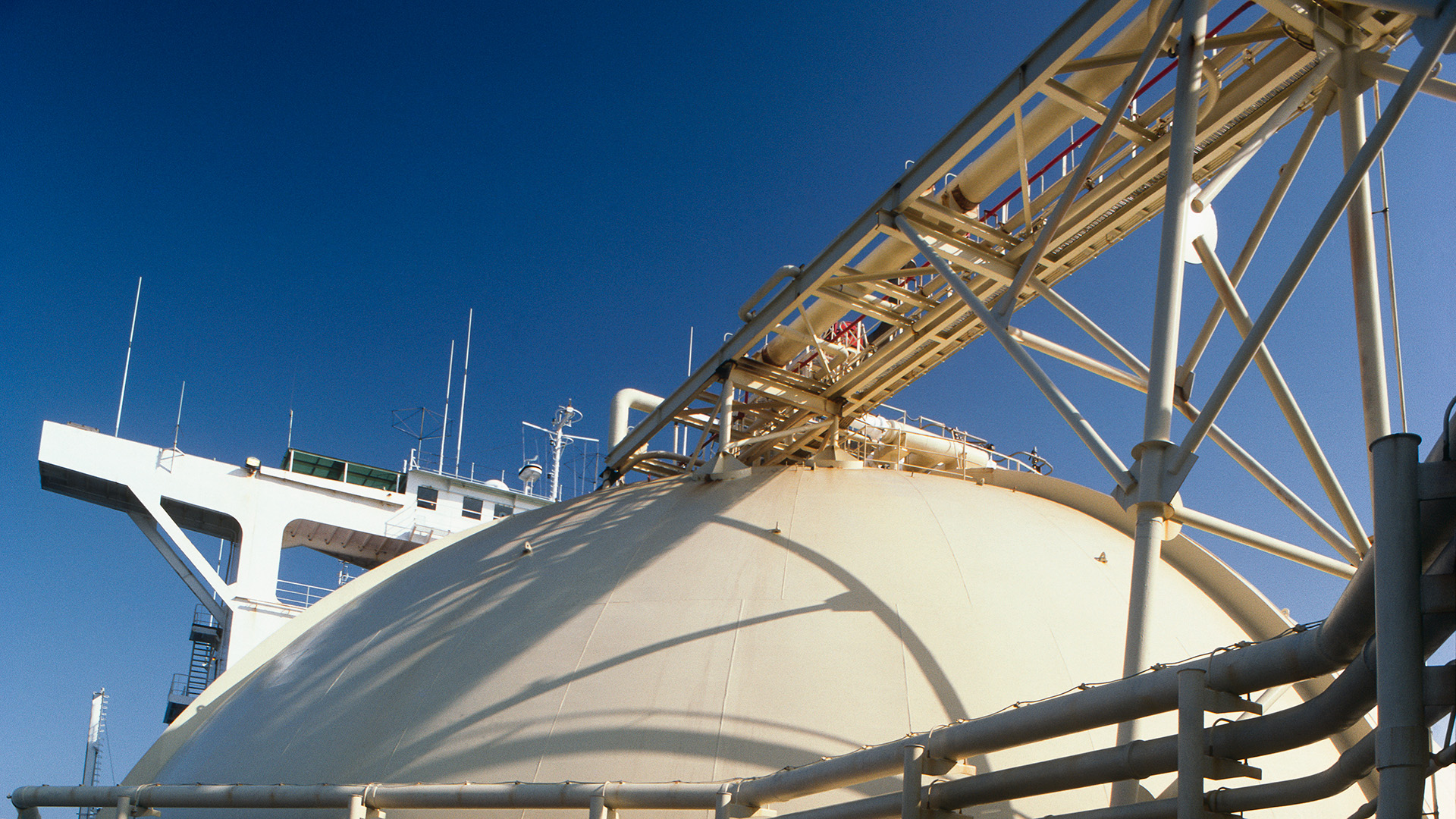
LNG bunkering: more relevant than ever
In a briefing in September 2022, we highlighted the growth in LNG bunkering1. Since then, we have advised on multiple LNG bunker supply projects worldwide and, in this article, we consider the reason for this continued growth and provide an update on the latest developments.
The growth in LNG bunkering: the impact of Fuel EU Maritime.
The maritime press is awash with reports of owners placing orders for dual-fuel LNG vessels. Between August and October 2024, PIL, Seaspan, MSC and Hapag Lloyd reportedly placed combined orders for up to 80 such vessels.
A key driver behind this is sustainability regulation and in particular, the impact of the Fuel EU Maritime Regulation (Fuel EU Maritime)2 for vessels trading to, from and within Europe from 1 January 2025. Continuing with European trades using conventional fuels after this date will likely generate penalties under Fuel EU Maritime.
This is discussed in detail in our previous article but in brief, Fuel EU Maritime is intended to support the transition towards more sustainable transport by mandating the gradual uptake of renewable and low-carbon fuels to reduce greenhouse gas (GHG) emissions and air pollution from the maritime sector. It sets specific targets for reduction of the yearly average GHG intensity of the energy used by ships trading within the EU.
In order to meet the GHG intensity benchmark, from 2025 operators will need to consider using lower carbon fuels. LNG is seen as a transitional fuel that (with a considered surplus banking plan) could help operators meet the compliance benchmarks for the next 20 years or so3.
Depending on a vessel’s performance, it may have a ‘compliance surplus’ for the relevant year (i.e. over-compliance with the relevant GHG intensity limit), or a ‘compliance deficit’ (i.e. under-compliance with the limit).
In this regard, any LNG powered bunker vessels (over 5,000 GT) operating in the EU may receive the added benefit of developing sizeable compliance surpluses under Fuel EU Maritime which could be traded via third party pooling agreements. To the extent that owners and charterers of a bunkering vessel are different entities, consideration should be given to clauses dealing with the management of Fuel EU Maritime and the distribution of pooling revenue.
Contractual developments
The notable problem with LNG (and other alternative fuels) has always been the limited supply infrastructure. However, that is being resolved as the uptake in dual-fuel orders has seen a corresponding uptake in LNG bunker vessel orders, with newcomers now entering the market4.
As the market develops, we have seen a number of common characteristics and issues in LNG bunkering contracts:
Varying terms
The LNG bunker projects on which HFW have advised in recent times tend to fall into the following broad categories:
- Long term exclusive or priority supply contracts to a particular fleet or fleets. These projects tend to be on either (a) “take or pay” terms (possibly with monthly or quarterly invoice reconciliations) or (b) a minimum supply basis – i.e. via cooperation the receiving vessels are to be stemmed with a sufficient amount of LNG to complete a round voyage.
- Ad hoc “take or pay” supply terms (i.e. no specific client or duration).
Nomination and delay
With generally higher charter rates for receiving vessels5 and the higher cost of LNG, minimising delay is an imperative for both parties. As a result, bunker terms tend to have more detailed vessel nomination regimes, potentially including delivery window narrowing mechanisms and requiring the receiving vessel to provide important information in advance, such as a request for cool down services.
We have seen some parties consider “demurrage” style liquidated regimes to manage delay, whilst others rely on take or pay terms within the defined delivery window.
Quality
LNG bunkering differs from conventional fuels in that quality is not seen as likely to vary significantly from stem to stem. Many LNG suppliers will merely warrant the quality and specification by reference to the shore tank quality certificates, although some buyers are pushing for the right (but not the obligation) to conduct their own quality testing on board the LNG bunker vessel at the time of the stem.
Local law and regulations
Compliance with local laws and regulations is a common theme in LNG bunker supply contracts. In many jurisdictions, the legal framework has not kept pace with technological and fuel developments, leading to legal lacunas on important issues such as licensing, safety and pollution. Close cooperation between owners and charterers of the LNG bunker vessel may be required if, for example, local law dictates that it is the owners who will hold the licence, but charterers are the actual operators/suppliers of LNG.
These local law issues can make it challenging for new LNG bunker projects to get off the ground quickly and for existing LNG bunker vessels to move easily to a new place of supply.
Conclusion
Given the significant investment in LNG and dual fuelled vessels, we expect to see the LNG bunker market develop and become more sophisticated and more competitive going forward.
Footnotes
- LNG Bunkering: Long term contracts for a transitional fuel – HFW
- Regulation (EU) 2023/1805 of the European Parliament and of the Council of 13 September 2023 on the use of renewable and low-carbon fuels in maritime transport, and amending Directive 2009/16/EC.
- Engine types vary and trade dependent.
- TradeWinds reporting at least 5 being ordered in Q3 2024.
- Compared to their single conventional fuel equivalents.







